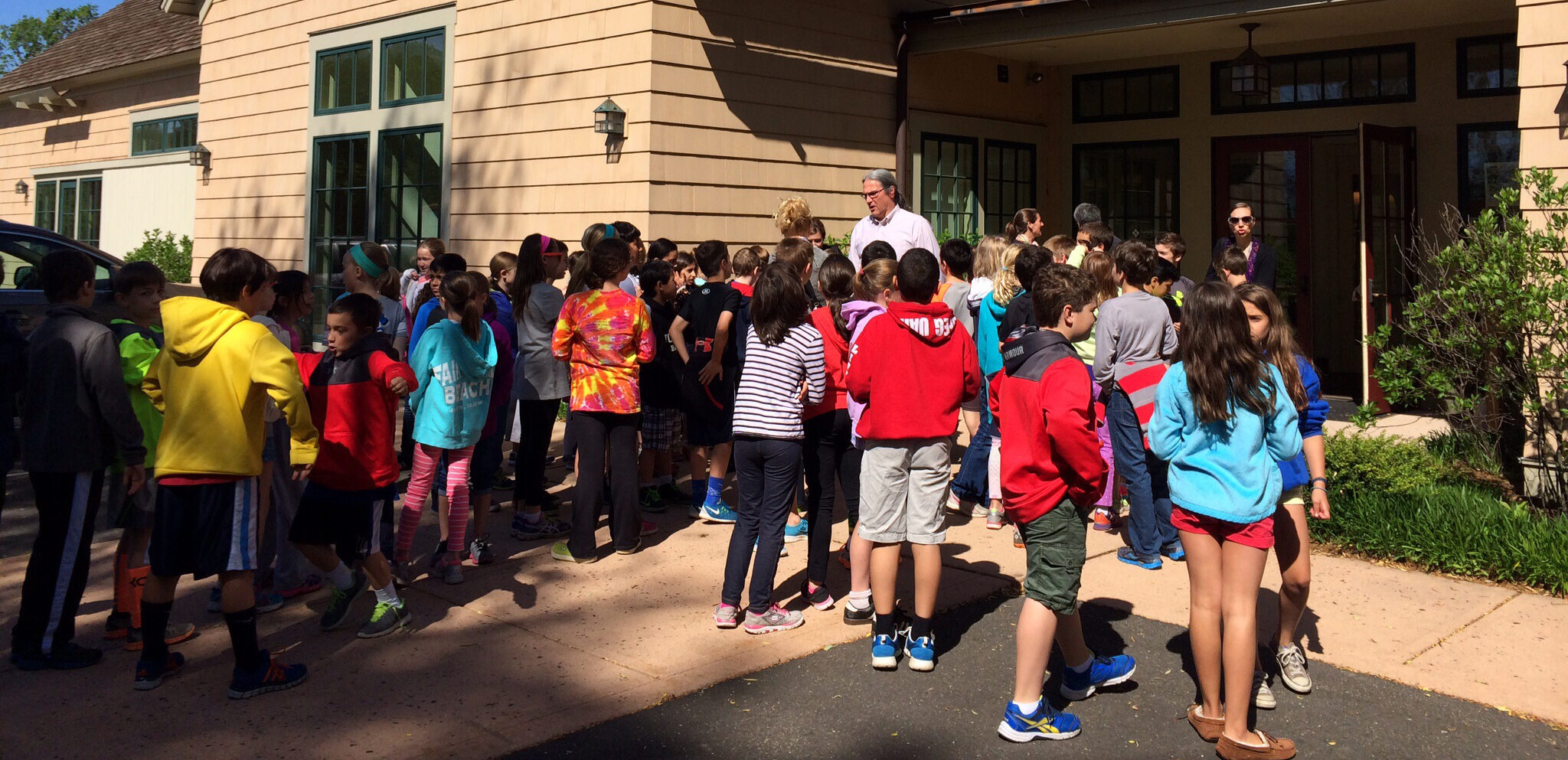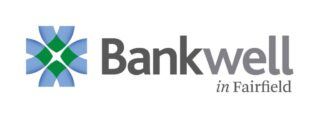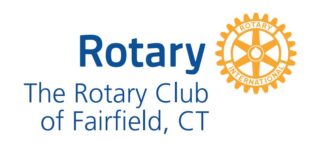School Programs
History is Made Here!
The Fairfield Museum is delighted to welcome PreK-12 teachers and students to experience our award-winning interactive history programs. The Museum aims to use the past as a starting point to explore important current issues and questions. We believe that cultivating a deep appreciation of history is essential to building civic engagement. By bringing together diverse perspectives and experiences, we can encourage students to consider their own role and agency within their community.
Programs are inquiry-based and designed to appeal to different kinds of learners. We offer unique, hands-on experiences such as meeting a Revolutionary War soldier, visiting a classroom from 1804, or participating in a courtroom trial about witchcraft. Students can also learn about the Uncoway and Sasqua Indigenous peoples, look closely at primary source documents, and consider how our community has changed over time. Students will walk away invigorated, with newfound knowledge about their place in our world.
Programs align with local and Connecticut language arts and social studies curriculum, the National Council for Social Studies C3 Frameworks, and reinforce Common Core goals.
Questions? Contact us at [email protected].
Plan Your Visit
All school and group visits must have a confirmed reservation. Please schedule your visit at least three weeks in advance by sending us an email at: [email protected]
Please note that the submission of your reservation request does not guarantee your program date and time until you receive a confirmation email.
Logistics
Teachers may choose from the following:
• 1-part program - Field Trip at Fairfield Museum (Up to 1.5 hr)- $8/student
• 2-part program - Field Trip at Fairfield Museum (Up to 2.5 hrs)- $10/student
• 3-part program - Field Trip at Fairfield Museum (Up to 3.5 hrs) - $12/student
• Outreach Program at Your School / Organization - $8/student
We can accommodate multiple classes at a time.
NOTE: The Fairfield Museum does not schedule buses or transportation. It is your group's responsibility to arrange for transportation to and from the Museum.
Cost
• 1-part program - Field Trip at Fairfield Museum (Up to 1.5 hr)- $8/student
• 2-part program - Field Trip at Fairfield Museum (Up to 2.5 hrs)- $10/student
• 3-part program - Field Trip at Fairfield Museum (Up to 3.5 hrs) - $12/student
• Outreach Program at Your School / Organization - $8/student
• Ogden Family House 2-part program: $10 per student
Teachers and paraprofessionals are free. Each class may bring up to 3 additional chaperones free of charge.
Title I schools may visit free of charge through our Fee Waiver Program. The Museum also has a limited bus funding. If you’d like to request this option, note that your school is Title I on the registration form.
Hours
The Fairfield Museum is open daily from 10 am – 4 pm, although school groups may come earlier. Please allow sufficient travel time for your group to arrive at least 15 minutes before your program start time.
Arrivals
Please plan to arrive 15 minutes before your scheduled program time in order to check in, drop off lunches, and organize students into their groups. Late arrivals may result in a shortened program.
Chaperones
One teacher or chaperone is required for every ten students and is admitted free of charge. Any additional chaperones are charged the student rate. Chaperones and teachers are responsible for supervising the group. Please have all students and chaperones wear name tags.
Cancellations/Rescheduling
If your school has a delay or closes due to inclement weather, the program will be cancelled and rescheduled. To change a group visit, please call (203) 259-1598 or email [email protected] at least 24 hours in advance.
Lunch
The Museum can accommodate a limited number of classes at once for lunch in the Meeting Hall. Most groups choose to have their lunch outdoors on the Museum Commons.
Please note that we do not have a cafeteria. We do not have vending machines onsite and do not have capacity to heat up food.
Accessibility
The Fairfield Museum & History Center is fully accessible. We welcome all groups. Walking tours and Ogden House programs may have limited accessibility.
Please share any specific accessibility needs on the registration form or contact us at [email protected]. We will make every effort to accommodate or make adjustments for your group.
Bus Directions
The Fairfield Museum & History Center is conveniently located off I-95 and the Post Road. Bus directions will be emailed along with your program confirmation.
NOTE: The Fairfield Museum does not schedule buses or transportation. It is your group's responsibility to arrange for transportation to and from the Museum.
School Program Topics
All of the following topics can be adapted for K-12 and college groups. During registration, please note if you’d like to specifically request a gallery tour, a walking tour, living history, or primary source activity.
What is an Artifact?
*This program can take place either at the museum or in your classroom.
What is a museum? How do museums tell stories? This experience invites students to explore the collection and special exhibitions. They will consider what artwork, furniture, textiles, photographs, letters, and other primary source objects can tell us about the people who lived in the past. What lessons can we use to inform our lives today?
What is a Community?
This program looks at historic sites on the Museum’s campus that tell our collective stories. Starting with a discussion about the Indigenous peoples who lived and still live in this area, students will consider who occupies this land and landscape. We will explore how ideas of community have changed over time. Students will visit the 18th-century Sun Tavern to learn how this building functioned as an important gathering place. They will also learn about 19th-century classrooms as they visit Fairfield Academy, one of the town’s oldest surviving school buildings. Students will also explore the Old Burying Ground, the oldest graveyard in Fairfield. In doing so, they will consider connections between land, people, spaces, and important events.
Native American Culture In & Around Fairfield
In order to truly understand the history of Fairfield County, we must first examine the Native American tribes who first lived here and who continue to make their home in this place. The Paugusset called what is now Southwestern Connecticut home centuries prior to European colonization. Students will learn about Native American origin stories and will explore culture, spirituality, and foodways as they learn how Native people lived and existed with the land. Students will examine photographs, maps, and artifacts to learn more about Native American culture. They will also learn about the tradition of corn husk dolls and then make their own. Additionally, we will also discuss how Native American people continue to live and thrive in the region today as an example of resilience and endurance.
Activity options include:
- Making corn husk dolls
- Making pinch pots
- Gallery exploration
- Walking tour
- Deep dive on the Battle of Munnacommuck Swamp & The Pequot War
The Burning of Fairfield & The American Revolution
Learn about the American Revolution and how it impacted people in Fairfield by visiting actual sites from that time. Students will explore how major events such as the Burning of Fairfield in 1779 impacted the community. History will come alive as students walk in the steps of the British soldiers who occupied the town and learn how the townspeople resisted these invaders. They will also visit the Burr homestead to “meet” the wealthy Burr family who hosted visits from people like John Adams, George Washington, John Hancock, and Benjamin Franklin.
Activity options include:
- Revolutionary War Walking Tour
Explore the role of Fairfield and Connecticut in the Revolution and the events that forced townspeople to take sides. Primary source letters, paintings, and objects help to tell the harrowing personal stories of the people affected by the war, including the Silliman family— some of whom were kidnapped by the Loyalists. Meet the wealthy Burr family who hosted visits from John Adams, George Washington, Benjamin Franklin, and Aaron Burr. Walk in the steps of the British soldiers who invaded the town in 1779 and set up headquarters along Beach Road. Learn what happened during the Burning of Fairfield and how the townspeople fought back. - Living History: Meet the Militia (This program can happen either at the museum or in your classroom.)
An educator in period uniform reveals the challenges of a soldier’s life during the American Revolution. Learn about the essential items a soldier had to carry, what a wool uniform might feel like, and how a musket was fired. From the powder horn and musket to the haversack and flint, hear engaging stories of how soldiers faced hardships in battle and survived. - Burning of Fairfield Drama in the Sun Tavern
This tavern operated by Samuel and Hannah Penfield was built immediately after the Burning of Fairfield by the British in 1779. In the tap room, students can become a local and sit at a tavern table, empty out the mailbag, or read a newspaper from 200 years ago. Upstairs, take on the life of a traveler staying overnight. Following a brief tour, students re-enact excerpts from primary and secondary sources to reveal perspectives from Patriots and Loyalists, acting out the events that occurred when the British invaded in 1779.
Colonial Life
Activity options include:
- Old Burying Ground Orienteering Challenge
This orienteering scavenger hunt uncovers fascinating details about the lives of the colonial settlers, soldiers, and sailors. Students learn how to use a compass and work in teams throughout the graveyard, answering questions that reinforce critical thinking, team building, and geography and math skills. Students will discover patterns about life and death in colonial times and learn how gravestone imagery reflects changing beliefs. - Life at the Ogden House
This can be a 1- or 2-part program. A 1-part program consists of a visit to the c. 1750 Ogden House. In a 2-part program, an educator will also visit your classroom for a pre-visit to introduce students to colonial life and the Ogden family. Students will learn about life in colonial times through the history and architecture of the 1750 Ogden House. They will learn about life on a colonial farm, including what it means to be a cooper, blacksmith, tinsmith, merchant, and carpenter. We will discuss how colonists made clothing, prepared food, and kept a garden. It was hard work to live in 1750! Note: This historic building is not ADA compliant, but we are happy to make accommodations if we can. Please let our staff know ahead of time about any accessibility concerns. - Witchcraft Trials in Connecticut
In 17th-century New England, religious beliefs and folk tradition instilled deep fears of magic, evil, and supernatural powers. How else could people explain unnatural events, misfortune, and the sudden convulsions and fits of local townspeople? This workshop explores the causes and consequences of witchcraft beliefs, beginning with a brief introduction of its European history. Students will use primary sources and a contemporary graphic novel to analyze real witchcraft trials that happened in Fairfield from 1651 through 1692. What types of evidence were used to prove “witchcraft”? How did these trials affect the opinions of neighbors, the accused, the accusers, and the judges? Students will form their own opinions make about 17th-century New England history as they consider what kinds of “witch hunts” might still happen today. - Examining Slavery in Connecticut
Slavery is often discussed solely in relation to Southern plantations. The reality is far different. During this tour, students will examine what was slavery like in Connecticut. In the Fairfield Museum’s galleries and library, students find out about the lives of enslaved people in the region using historical clues, including a petition for freedom by two enslaved individuals in 1779, slave sale receipts, and other primary source documents. Learn about and discuss the issues involving 18th-century slavery and discover how America’s founding documents contradicted the realities of slavery.
Industrialization & Immigration
- Industrialization & Change Walking Tour
Students will learn how the communities of Fairfield and Bridgeport evolved from colonial agricultural communities and maritime trade centers into manufacturing centers and prosperous residential towns. We will learn how changes in transportation such as the coming of the Bridgeport-Fairfield trolley in 1837 and the New York-New Haven railroad in 1848 impacted economic growth and the built environment. Walking around historic Old Post Road, students can see the homes of 19th-century industrialists, including DeVer Warner and Andrew Riker. Participants will learn about the impact of the era’s industrialization, as well as how shifts in immigration patterns changed the fabric of the Fairfield community. - Gallery & Library Tour
In the mid-1800s, the United States began to grow as an industrial powerhouse. Fairfield County’s changes reflect shifting economic landscapes, as well as the rise in immigration. Bridgeport, in particular, was the regional hub of technological innovation and industrial growth, seeing the manufacturing of submarines, records, cars, clothing, and sewing machines. Through an exploration of industrial artifacts and primary sources from the Museum archives and collection, students will learn how these communities have changed over time. They can also see how choices made during the Gilded Age are directly reflected in the built environments of neighboring towns and cities.





